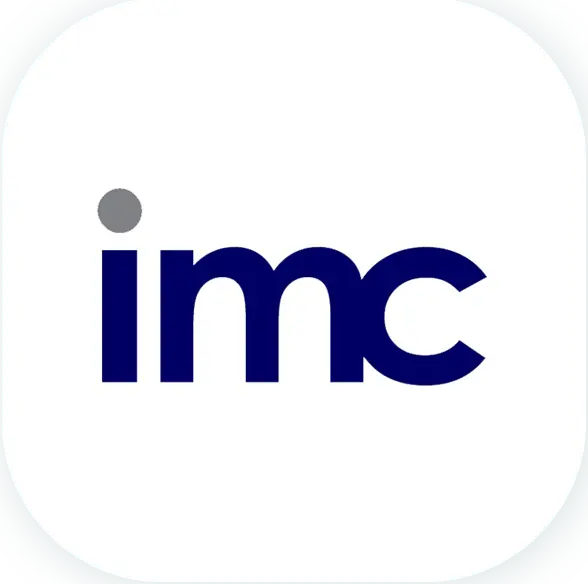In today’s complex and rapidly changing business environment, organizations face an array of governance, risk management and compliance (GRC) challenges that can significantly impact their performance, reputation and sustainability if not adequately addressed. To tackle these challenges, more and more organizations are recognizing the importance of taking an integrated approach to GRC.
What is GRC?
GRC refers to the integrated management of governance, risk and compliance activities within an organization. Governance deals with the organizational structure, policies and processes that ensure effective and ethical leadership, accountability and transparency. Risk management involves identifying, assessing and mitigating risks that may impact the achievement of strategic, operational and compliance objectives. Compliance focuses on adhering to relevant laws, regulations, policies and contractual obligations.
Historically, governance, risk and compliance activities were managed in silos within organizations. However, this fragmented approach has major drawbacks. It can lead to duplicative efforts, gaps in coverage, inefficient resource utilization and lack of visibility into organizational risks. This is where an integrated GRC approach brings immense value.
The Benefits of an Integrated GRC Approach
Adopting an integrated approach to managing GRC activities provides numerous benefits, including the below:
- Enhanced risk management through a centralized view of risks across the organization and improved coordination of risk activities
- Increased efficiency through eliminating redundancies and optimizing the use of resources
- Improved compliance through consistent interpretation and implementation of compliance requirements
- Strengthened governance and ethics by ensuring accountability and transparency across the organization
- Better informed strategic planning and decision making with a holistic view of risks and compliance obligations
- Reduced costs through streamlining of overlapping GRC processes and technology integration
By breaking down silos and taking a coordinated approach to managing governance, risk and compliance activities, organizations can enhance their resiliency, agility and performance.
Key Components of an Effective GRC Program
Implementing an integrated GRC approach requires bringing together various components to create a comprehensive and cohesive program. The key components include the below.
Leadership Commitment
Success requires buy-in and active participation from organizational leaders. Leadership must communicate the importance of GRC and allocate sufficient resources to support its implementation.
Risk Management Framework
A framework for consistently identifying, analyzing and addressing risks across the organization is essential. This includes processes like risk assessments, risk reporting and ongoing monitoring of risk mitigation efforts.
Compliance Management System
A structured approach is needed to monitor regulatory obligations, assess compliance, implement controls and track compliance activities across the organization.
Policies and Controls
Robust policies and internal controls reinforce expectations and govern activities in areas like financial reporting, information security, procurement and business ethics.
Training and Awareness
Ongoing training and awareness building ensures employees understand their GRC responsibilities. This contributes to a culture of accountability and integrity.
Technology Enablement
GRC technologies provide automation, streamline processes like risk assessments and compliance tracking, and enable data analysis to support better decision making.
Reporting and Monitoring
Key performance indicators, risk reports, compliance dashboards and internal audits provide visibility into the effectiveness of the GRC program.
Continuous Improvement
Regular assessments, benchmarking and stakeholder feedback identify opportunities to strengthen and enhance the organization’s GRC activities.
By integrating these components into their strategy and operations, organizations create a robust foundation for managing risk, meeting compliance obligations, and fostering an ethical culture.
Conclusion
A properly designed and implemented integrated GRC program provides numerous benefits, from enhanced risk management to improved compliance and governance. As organizations pursue their objectives in an increasingly disruptive world, an integrated approach to GRC is no longer just a best practice – it is an organizational imperative. With Enterprise Risk Management solutions from IMC Group, organizations can build a GRC program tailored to their unique needs and priorities to fulfil this imperative, while strengthening their posture for long-term success.






















 IMC Group
IMC Group